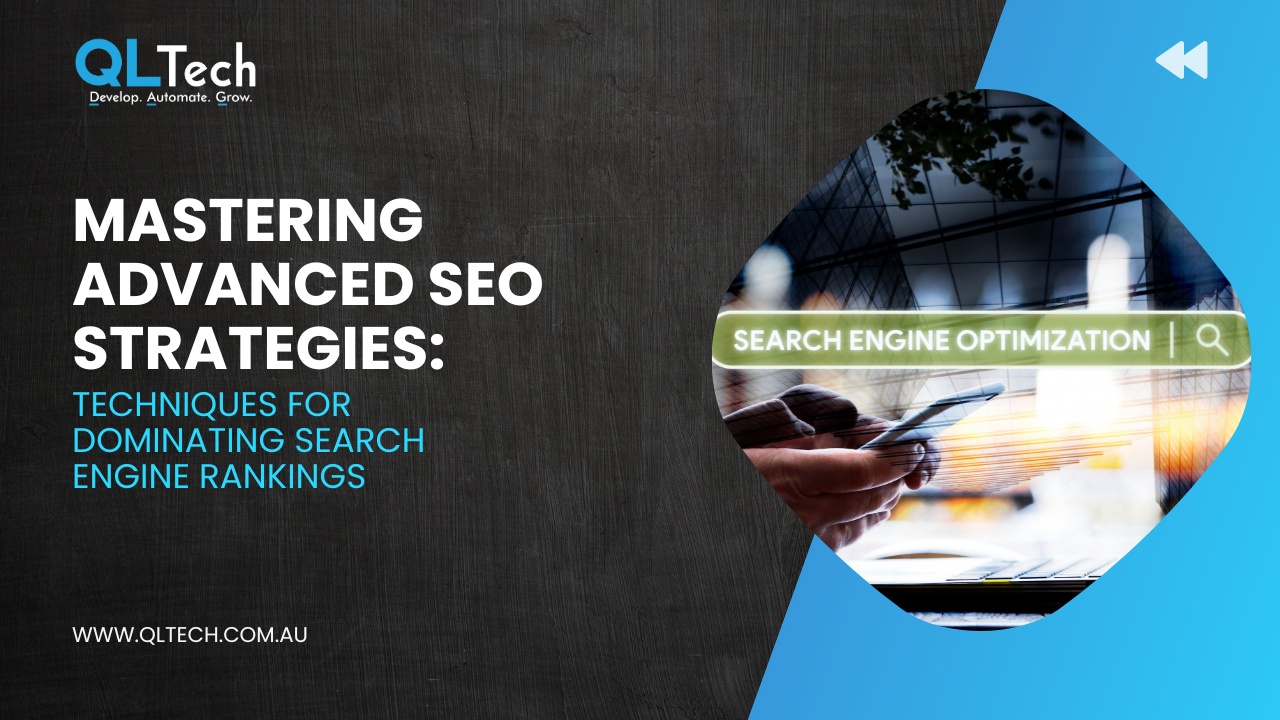In the digital age, having a strong online presence is crucial for any business. To ensure your website is performing at its best, understanding and utilising Google Analytics for SEO is essential. This powerful tool provides a wealth of data, but knowing which key metrics to track can make all the difference. Here’s a guide to mastering Google Analytics for SEO and the key metrics every website owner should track.

1. Organic Traffic
Why It’s Important: Organic traffic represents visitors who arrive at your site through search engine results. Tracking organic traffic helps you understand how well your SEO strategies are working and identifies trends in user behavior.
Where to Find It:
- Navigate to Acquisition > All Traffic > Channels and select “Organic Search”.
Tips for Improvement:
- Focus on keyword optimisation.
- Create high-quality, relevant content.
- Improve your website’s overall SEO health with technical audits.
2. Bounce Rate
Why It’s Important: Bounce rate measures the percentage of visitors who leave your site after viewing only one page. A high bounce rate can indicate that your landing page content is not engaging or relevant to the visitors’ search intent.
Where to Find It:
- Check bounce rates under Behavior > Site Content > All Pages.
Tips for Improvement:
- Enhance page load speed.
- Improve the user interface and navigation.
- Ensure content is relevant and engaging.
3. Average Session Duration
Why It’s Important: This metric indicates how long visitors stay on your site during a single session. Longer sessions typically mean users find your content valuable and engaging.
Where to Find It:
- Go to Audience > Overview to see average session duration.
Tips for Improvement:
- Create compelling and informative content.
- Use multimedia elements like videos and infographics.
- Implement internal linking to guide users through your site.
4. Pages Per Session
Why It’s Important: Pages per session show how many pages a user views on average during a single visit. A higher number suggests users are exploring more of your site, which can indicate higher engagement.
Where to Find It:
- Located under Audience > Overview.
Tips for Improvement:
- Improve website navigation.
- Use engaging calls-to-action (CTAs).
- Link to related content.
5. User Demographics
Why It’s Important: Understanding the age, gender, and interests of your audience can help you tailor your content and marketing strategies more effectively.
Where to Find It:
- Available in Audience > Demographics and Audience > Interests.
Tips for Improvement:
- Create targeted content that appeals to your primary audience.
- Adjust your marketing strategies based on demographic data.
- Use A/B testing to determine what works best for different segments.
6. Landing Pages
Why It’s Important: Analysing landing pages helps you understand which pages attract visitors from search engines and how they perform. This insight can help you optimise these pages for better engagement and conversion.
Where to Find It:
- Navigate to Behavior > Site Content > Landing Pages.
Tips for Improvement:
- Optimise high-traffic landing pages for conversions.
- Ensure landing pages are SEO-friendly.
- Use compelling headlines and CTAs.
7. Exit Pages
Why It’s Important: Exit pages are the last pages visitors view before leaving your site. Identifying these pages can help you understand where visitors lose interest.
Where to Find It:
- Check Behavior > Site Content > Exit Pages.
Tips for Improvement:
- Analyse why users might be leaving from these pages.
- Improve content and usability on exit pages.
- Ensure exit pages have strong CTAs to keep users engaged.
8. Conversion Rate
Why It’s Important: Conversion rate measures the percentage of visitors who complete a desired action, such as making a purchase or filling out a form. This metric is crucial for assessing the effectiveness of your site in achieving business goals.
Where to Find It:
- Set up and monitor goals under Conversions > Goals > Overview.
Tips for Improvement:
- Optimise landing pages for conversions.
- Simplify the conversion process.
- Use clear and compelling CTAs.
9. Site Speed
Why It’s Important: Site speed is a critical factor for both SEO and user experience. Slow loading times can lead to higher bounce rates and lower search engine rankings.
Where to Find It:
- View site speed metrics under Behavior > Site Speed > Overview.
Tips for Improvement:
- Optimise images and media files.
- Use a content delivery network (CDN).
- Minimise the use of heavy scripts and plugins.
10. Mobile Traffic
Why It’s Important: With the increasing use of mobile devices, it’s essential to track mobile traffic and ensure your site is mobile-friendly. Mobile optimisation is also a significant factor in Google’s ranking algorithms.
Where to Find It:
- Find mobile traffic data under Audience > Mobile > Overview.
Tips for Improvement:
- Use responsive design.
- Ensure fast loading times on mobile devices.
- Optimise mobile user experience.
Conclusion
Mastering these key metrics in Google Analytics will provide you with a comprehensive understanding of your website’s performance and the effectiveness of your SEO efforts. Regularly monitoring and analysing these metrics will help you make data-driven decisions, enhance user experience, and improve your site’s search engine rankings. Start leveraging Google Analytics today to unlock the full potential of your website.

